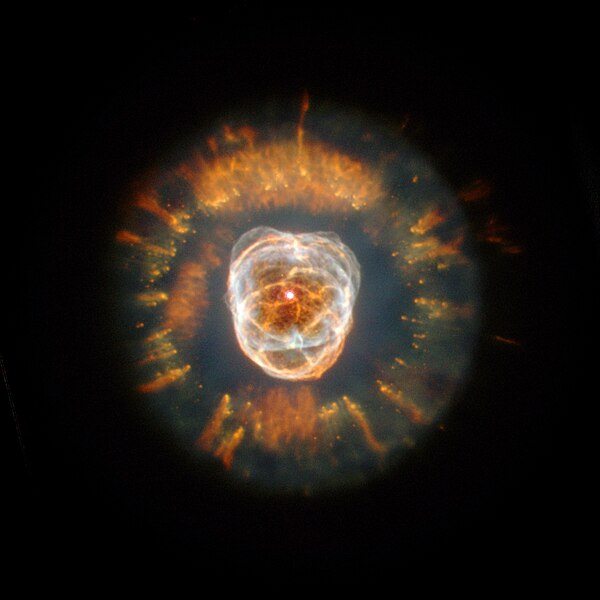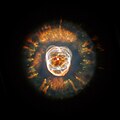Файл:Ngc2392.jpg

Барам хьажале: 600 × 600 пиксель. Кхин шоралла: 240 × 240 пиксель | 480 × 480 пиксель | 768 × 768 пиксель | 1024 × 1024 пиксель | 1500 × 1500 пиксель.
Оригиналан файл (1500 × 1500 пиксель, файлан барам: 1,16 Мб, MIME-тайп: image/jpeg)
Файлан истори
Тlетаlаде терахь/хан, муха хилла хьажарна и файл.
| Терахь/Хан | Жима | Файлан барам | Декъашхо | Билгалдаккхар | |
|---|---|---|---|---|---|
| карара | 2005, 28 июль, 12:34 |  | 1500 × 1500 (1,16 Мб) | Startaq | |
| 2005, 1 февраль, 17:20 |  | 320 × 259 (12 Кб) | CWitte | Eskimo nebula |
Файл лелор
ХӀара файл лахарчу 1 агӀонгахь лелош йу:
Глобалан файл лелор
ХӀара файл лелош йу лахахь гайтина йолу википедеш чохь:
- Лелор af.wikipedia.org
- Лелор ar.wikipedia.org
- Лелор arz.wikipedia.org
- Лелор ast.wikipedia.org
- Лелор az.wikipedia.org
- Лелор be.wikipedia.org
- Лелор bg.wikipedia.org
- Лелор bn.wikipedia.org
- Лелор bs.wikipedia.org
- Лелор ca.wikipedia.org
- Лелор cs.wikipedia.org
- Лелор cv.wikipedia.org
- Лелор da.wikipedia.org
- Лелор de.wikipedia.org
- Лелор diq.wikipedia.org
- Лелор el.wikipedia.org
- Лелор en.wikipedia.org
- Planetary nebula
- Compact object
- Eskimo Nebula
- List of planetary nebulae
- User:Anticipation of a New Lover's Arrival, The/Galleries/Awards
- Caldwell catalogue
- Herschel 400 Catalogue
- User:Reginhild
- Wikipedia:Featured picture candidates/May-2007
- Wikipedia:Featured picture candidates/Eskimo Nebula
- User:Reginhild/Userboxes/Space Scientist
- Gemini (constellation)
- User:Sunfishtommy/sandbox
Хьажа хӀара файл глобалан лелор.

